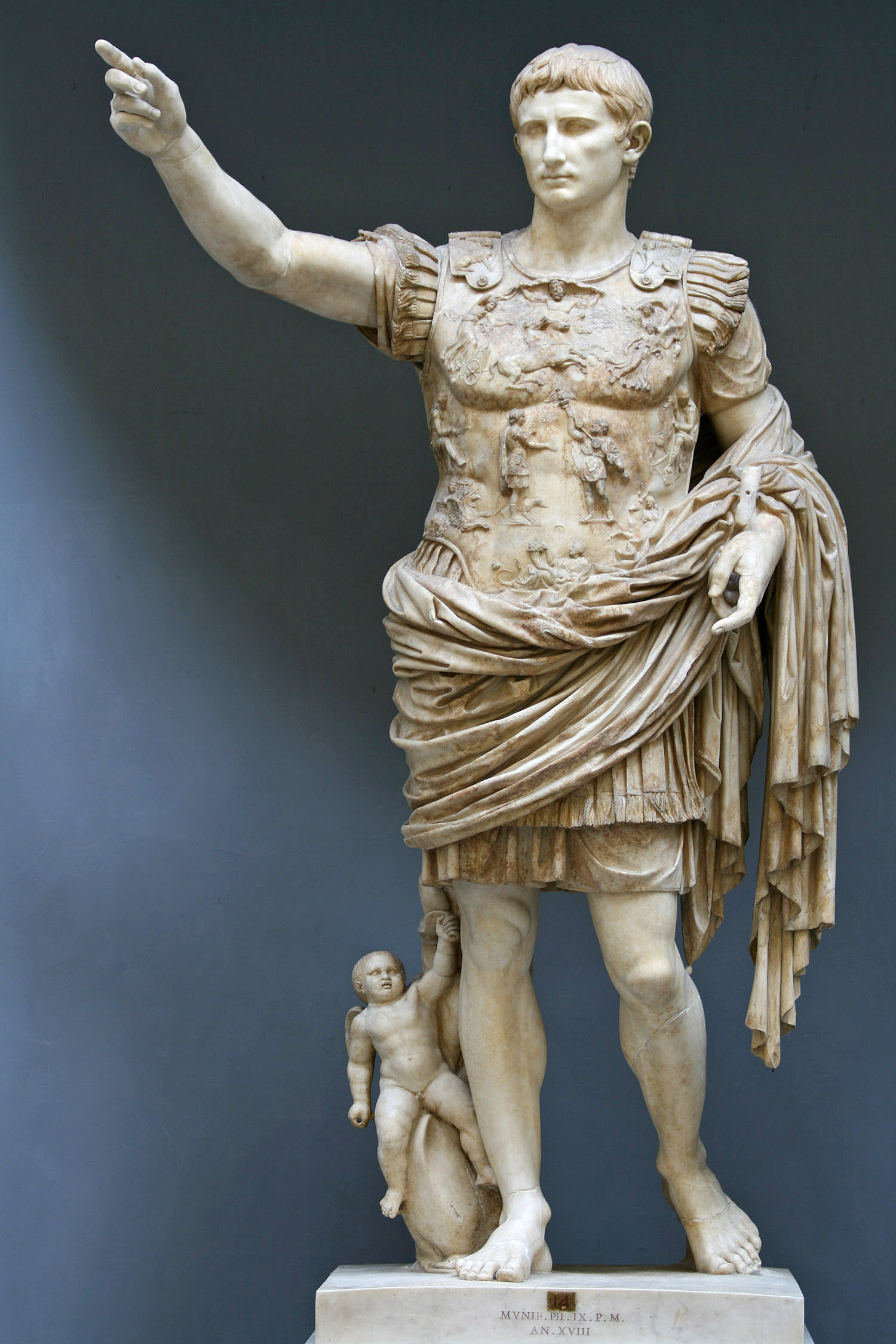Warning- big fat swear coming up at the end.
Young and self-righteous as I was, I wrote several in depth papers on this topic- arguing that risqué films of the Roman world, such as "Gladiator: Uncut" and "Caligula" were more honest about Roman sexuality than most archaeologists, in that at least they acknowledged that sex happened. The paper that was writing sample for my PhD used three case studies to construct an argument that an archaeology of sex was possible- and it was important. When I started work on the PhD, it was largely inspired by my interest in erotic vase painting how these images had ended up in Etruria, and how they connected with hammed up later Greek writings about Etruscan sexuality. By the end of the PhD, the dataset had expanded vastly- and the evidence forced me to look at the erotic scenes in context with other pottery images. So, the thesis ended up being more about alcohol and the construction of the self than sex. Trade and politics got in there too- I guess I sold out, moving from sex to booze and egotism. Maybe that's maturity for you.
ANYWAY, last weekend I had an opportunity to get back into ancient sex. And it was brilliant. You might have seen or read some of the press surrounding the Sex and History project at the University of Exeter- it's pure genius. I wish I'd thought of it myself. By using objects connected with sex, a team of three brilliant scholars are bringing archaeology into the classroom for sex education, encouraging young people to talk about the objects, then moving on to expectations and wider ideas surrounding sex in our own society. It's a fantastic illustration of just how bloody relevant things from the past can be to some of the deepest issues modern young people are grappling with. If this fab programme wasn't enough, there's also an exhibition at the Royal Albert Memorial Museum in Exeter, bringing together ethnographic and archaeological material to create a thought provoking gallery filled with interesting, intimate things, often so meaningful they take your breath away. Small but perfectly formed, a group of us were guided around the exhibition by Tony Eccles, the curator, who told us of the struggle to get the objects on show, and the unique nature of many of them. My favourite was a small votive vulva- a carved vagina left at a Roman temple, either in thankfulness or in hope, part of a tradition of leaving representations of afflicted body parts for the gods to sort out. Whoever made it may have suffered from a variety of different problems- but the desperation and discomfort they went through was wound up in this emotional little carving. I hope they got the cure they were looking for.
Prior to the gallery tour, we had two great talks from members of the Sex and History project. Dr Jen Groves (who I think just completed the coolest PhD ever- major thesis envy going on here) told of the wonder of entering the Wellcome collection's stores, and seeing the vast scale of the collection of erotic material. The deliberate decision to collect and curate this material by Wellcome was obvious in the diaries and letters she presented from her archival research- his requests to missionaries for anything "phallic" made me grin. Then Dr Rebecca Langlands spoke about Roman sexuality- electrifying the room with her discussion of the disquieting mixture of aggression, violence, playfulness and pleasure that infuses so many Roman texts dealing with sex. She ended with what I think may be my new favourite Martial epigram:
"Rumour tells, Chiona, that you are a virgin,
That there's nothing purer than your cunt.
Nevertheless, you don't bathe with the right part covered,
If you have the decency, move your knickers to your face."
You really can't beat that for a sign off. But seriously, if you're in Exeter, you should go down to the RAMM and see this great free exhibition. And start thinking about sex- as archaeologists, we're still far too reticent about something that was happening every day, involving thousands of people in the past.

